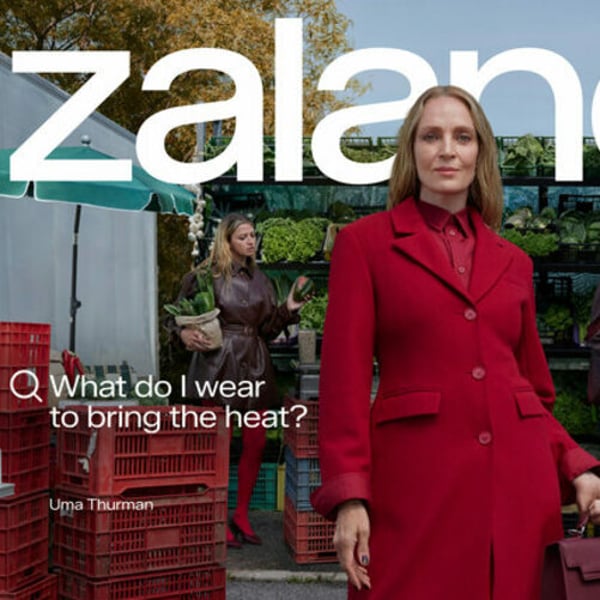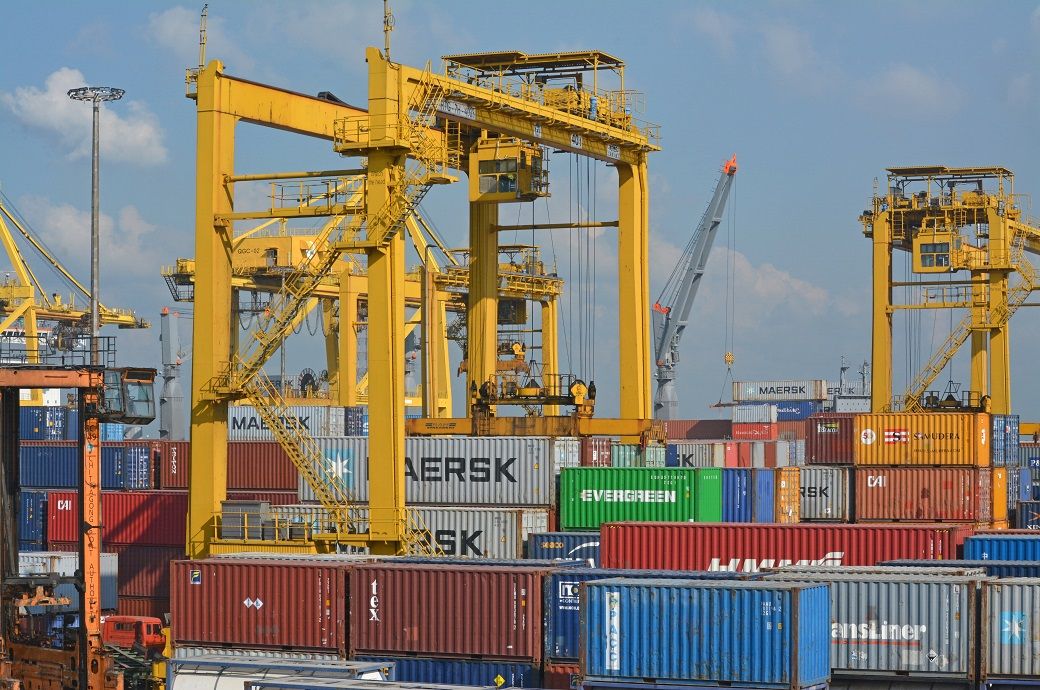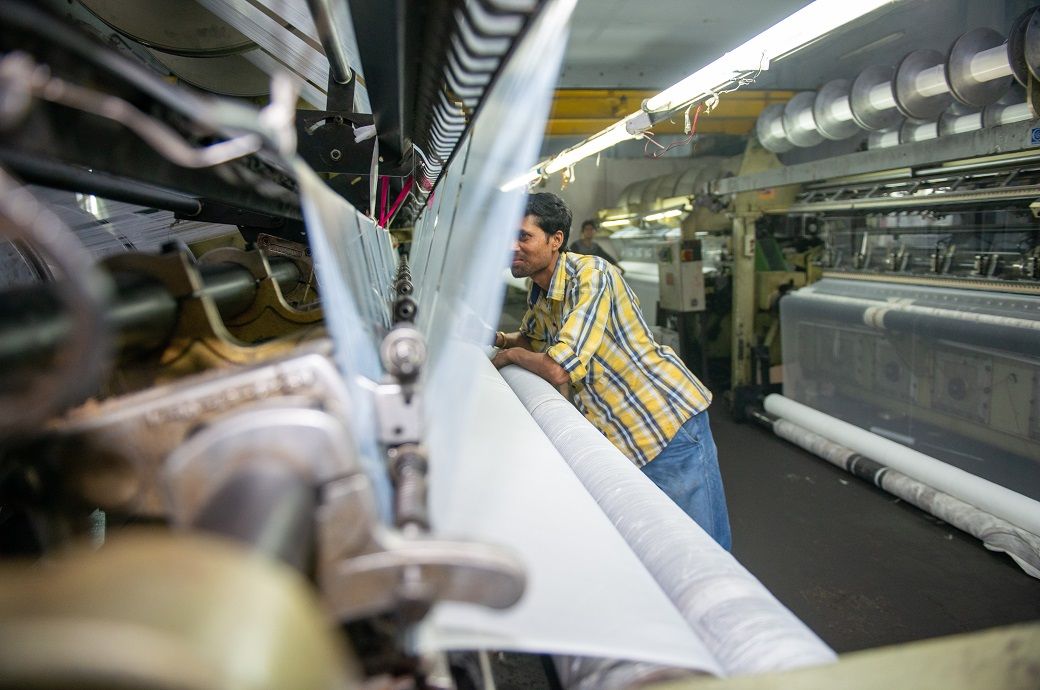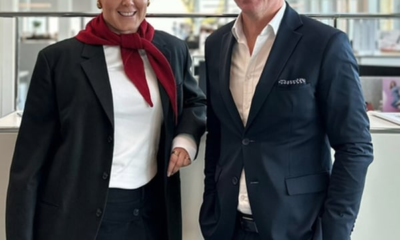Fashion
Uma Thurman, PinkPantheress, Isamaya Ffrench help Zalando inspire shoppers in new campaign and edit

Published
September 1, 2025
Zalando has launched its new AW25 campaign and a new beauty Insider’s Edit, both designed to focus on personalising looks for any individual.
The campaign sees actress Uma Thurman and recording artist PinkPantheress starring as the e-tailer “reimagines the question ‘What Do I Wear?’ as an invitation to confidently explore personal style”.
It “playfully explores inspiration through lookalikes — celebrating how creativity can be sparked by everything and everyone”.
It’s got “curated looks, cinematic storytelling”, and integration via Zalando’s new Boards feature that’s now live across all markets (Boards looks at specific topics or lifestyle themes and inspires people to adapt them to their own lives). The company said the campaign highlights “personalised inspiration tools and empowers customers to experiment and express their style free from expectations”.
Set against the vibrant backdrop of a farmers’ market, it sees Thurman moving through stalls of fresh produce and vintage finds, as “she encounters surprising reflections of herself, celebrating the idea that inspiration comes from everywhere and everyone. Each outfit inspires her to try something new this season as she saves them to her Zalando app”.
Meanwhile, PinkPantheress “brings her signature style and spontaneity, echoing the campaign’s celebration of identity, experimentation, and self-confidence”.
As mentioned, underlying all this is a big focus on Zalando’s personalised inspiration tools, as well as emphasising the breadth of its product offer by integrating other key lifestyle categories on Zalando such as Kids & Family and Beauty, with dedicated campaign visuals, featured products and inclusion in Boards.
It worked with creative agency Wieden+Kennedy Amsterdam to conceptualise and produce the campaign. Curated by stylist Pau Avia, photographed by Lukas Wassmann, and brought to life in film by directing duo Bradley & Pablo, “the campaign blends high-fashion energy with cinematic storytelling and humour”.
At the same time, the personalisation theme continues as Isamaya Ffrench, the celebrity make-up artist and brand founder, features in Zalando’s second Insider’s Edit – an expert-led beauty series providing customers with educational content and advice.

She shares her top picks from Zalando in a make-up tutorial combining three of her looks: Charli XCX’s Met Gala smoky eye, Gabriette’s sharp contoured base and Julia Fox’s viral dark lip.
Alongside the tutorial, Ffrench shares expert product recommendations from beauty brands available at Zalando.
The products can also be discovered on a brand-new inspirational make-up Board.
This Edit marks the second of the series, encouraging customers to experiment with different aesthetics. Earlier this year Zalando launched the first Insider’s Edit with skin specialist Sophie Carbonari, offering an insight into her personal skincare routine.
Copyright © 2025 FashionNetwork.com All rights reserved.
Fashion
Bangladesh’s Chittagong Port Authority starts imposing new tariffs

CPA instructed its departments to proceed with implementing the revised tariff structure, according to domestic media reports.
Bangladesh’s Chittagong Port Authority (CPA) has started implementing the new tariff schedule following the Supreme Court’s order overruling the High Court’s stay.
CPA instructed its departments to proceed with implementing the revised tariff structure.
The High Court had earlier stayed—for 30 days—the CPA’s September 30 circular issued to implement the new tariff announced.
The High Court had earlier stayed—for 30 days—the CPA’s September 30 circular issued to implement the new tariff announced.
The Bangladesh Maritime Law Society (BMLS) had filed a writ petition in the High Court challenging the revised tariffs.
Fibre2Fashion News Desk (DS)
Fashion
India’s IIP sees 0.4% YoY growth in Oct 2025: Quick official estimates

The slow growth in October could be attributed to less number of working days because of a number of festivals.
The growth rate of India’s index of industrial production (IIP) for October was 0.4 per cent YoY, quick official estimates show; it was 4 per cent in September.
The IIP stood at 150.9 against 150.3 in October 2024.
The YoY growth rate for the manufacturing IIP (151.1) in the month was 1.8 per cent.
Within manufacturing, nine out of 23 industry groups recorded a positive YoY growth in October 2025.
The YoY growth rate of the manufacturing IIP in October was 1.8 per cent. The IIP for manufacturing was 151.1 in the month, a release from the ministry said.
Within the manufacturing sector, nine out of 23 industry groups recorded a positive YoY growth in October 2025.
The indices stood at 148.9 for primary goods (growth rate minus 0.6 per cent), 111.8 for capital goods (growth rate 2.4 per cent), 166.5 for intermediate goods (growth rate 0.9 per cent) and 197.2 for infrastructure/construction goods (growth rate 7.1 per cent) for October.
The indices for consumer durables (growth rate minus 0.5 per cent) and consumer non-durables (growth rate minus 4.4 per cent) stood at 129.2 and 139.9 respectively.
Fibre2Fashion News Desk (DS)
Fashion
American Eagle Outfitters raises annual sales forecast

By
Reuters
Published
December 2, 2025
American Eagle Outfitters raised its annual comparable sales forecast on Tuesday, betting on marketing-driven demand for its apparel and accessories during the holiday season, sending its shares up about 15% after the bell.
Marketing campaigns and newer collections of clothing, along with a focus on high-earning consumers, have helped the company offset losses from the broader retail slowdown and budget-conscious consumers pulling back on discretionary spending amid inflationary prices and trade-policy-driven uncertainty.
The company has been trying to boost demand through its marketing initiatives, including the “Great Jeans” denim campaign with actress Sydney Sweeney, a tie-up with NFL player Travis Kelce’s clothing brand Tru Kolors, and partnerships with tennis player Coco Gauff and actress Jenna Ortega.
The company sees annual comparable sales rising in the low single digits, compared to its previous expectations of about flat growth.
The company posted quarterly net revenue of $1.36 billion, compared with analysts’ estimates of $1.32 billion, according to data compiled by LSEG.
Quarterly comparable sales rose 4%, compared with analysts’ estimates of a 2.4% rise. The company sees current quarter comparable sales rising between 8% and 9%, compared with analysts’ estimates of a 2.2% rise.
© Thomson Reuters 2025 All rights reserved.
-

 Entertainment1 week ago
Entertainment1 week agoWelcome to Derry’ episode 5 delivers shocking twist
-

 Tech3 days ago
Tech3 days agoGet Your Steps In From Your Home Office With This Walking Pad—On Sale This Week
-

 Tech1 week ago
Tech1 week agoWake Up—the Best Black Friday Mattress Sales Are Here
-

 Entertainment2 days ago
Entertainment2 days agoSadie Sink talks about the future of Max in ‘Stranger Things’
-

 Fashion2 days ago
Fashion2 days agoResults are in: US Black Friday store visits down, e-visits up, apparel shines
-

 Sports2 days ago
Sports2 days agoIndia Triumphs Over South Africa in First ODI Thanks to Kohli’s Heroics – SUCH TV
-

 Fashion1 week ago
Fashion1 week agoCanada’s Lululemon unveils team Canada kit for Milano Cortina 2026
-
Uncategorized1 week ago
[CinePlex360] Please moderate: “Americans would


















